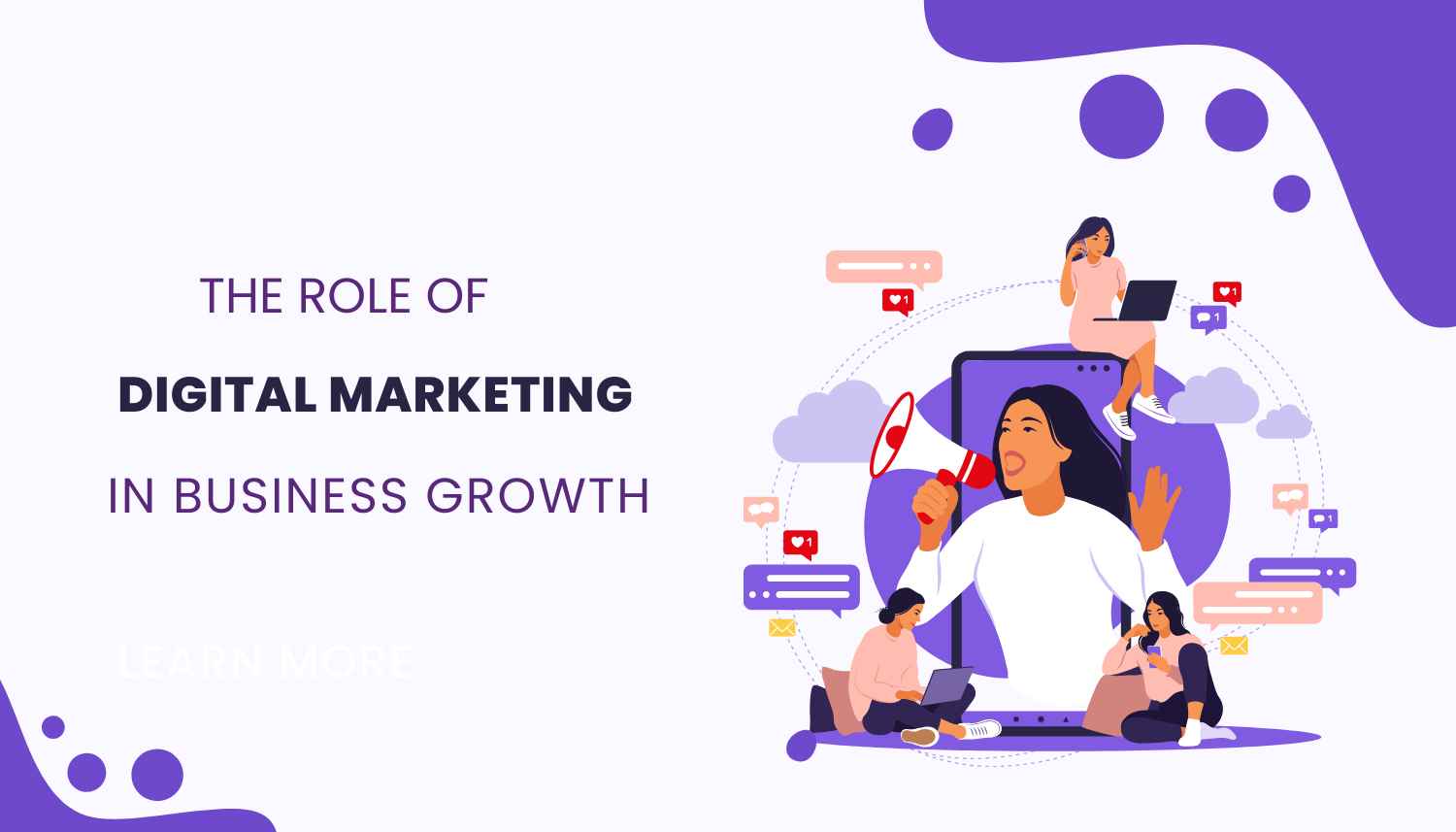How to Choose the Right IT Solutions for Your Business
- BY raiseinfosoft
- September 11, 2024
- 0 Comments
Choosing the right IT solutions for your business is a critical decision that can impact your company’s efficiency, security, and overall success. With the rapid growth of technology, businesses of all sizes are faced with an overwhelming number of options for software, hardware, and IT services. While the right solutions can help streamline operations, reduce costs, and improve productivity, selecting the wrong ones can lead to inefficiencies, security vulnerabilities, and wasted resources.
To make the right choice, it’s essential to understand your business needs, evaluate your options carefully, and adopt solutions that align with your goals. Here’s a step-by-step guide to help you choose the right IT solutions for your business.
Understand Your Business Needs
Before you start exploring IT solutions, you need to understand your company’s specific needs. Every business is unique, and the IT requirements of one may differ greatly from another. Identify the areas in which your business needs improvement, such as:
– Data Management: Do you need better tools to store, manage, and analyze your data?
– Security: Are your current security measures sufficient to protect sensitive information?
– Communication:Are you looking for more efficient ways to communicate internally and with clients?
– Productivity: Do you need tools to automate processes or improve employee productivity?
– Scalability: Are you planning to grow your business and need IT solutions that can scale with you?
By understanding your pain points, you can better identify the specific IT tools or services that will address these challenges.
Consider Your Budget
IT solutions can range from affordable to highly expensive, depending on the size of your business and the complexity of your needs. While it may be tempting to invest in the latest technologies, it’s essential to balance cost with functionality. Before committing to any IT solutions, establish a clear budget for your IT investments.
Consider not only the initial costs of purchasing hardware or software but also the long-term expenses, such as maintenance, licensing fees, upgrades, and support. Prioritize solutions that offer the best value for money—those that meet your needs without unnecessary extras.
Assess Scalability and Flexibility
As your business grows, your IT needs will change. It’s crucial to choose solutions that can scale with your company, accommodating future growth without requiring a complete overhaul of your systems. For example, cloud-based solutions are highly scalable and allow you to expand your IT infrastructure as needed without significant upfront investments.
Additionally, consider the flexibility of the solutions you’re evaluating. Can they easily integrate with your existing systems? Are they customizable to fit your specific business processes? The right IT solution should be adaptable, allowing you to adjust as your business evolves.
Evaluate Security Features
With the rise in cyber threats, security is a top concern for businesses of all sizes. When choosing IT solutions, prioritize security features that protect your business from data breaches, malware, and unauthorized access.
Don’t overlook compliance requirements for your industry, especially if you’re handling sensitive information, such as personal or financial data. Ensure that the IT solutions you choose comply with relevant data protection regulations, such as GDPR or HIPAA.
Seek User-Friendly Solutions
Your IT solutions should make operations easier, not more complicated. If your team struggles to use the tools you’ve implemented, it can lead to frustration, wasted time, and decreased productivity. Choose user-friendly solutions that your employees can quickly learn and adopt.
It may be helpful to involve key team members in the evaluation process, allowing them to test potential solutions and provide feedback. Their input will ensure that you choose tools that are intuitive and practical for daily use.
Check Vendor Reputation and Support
Choosing the right IT solutions also involves selecting the right vendors. Take the time to research potential vendors to assess their reputation, track record, and customer reviews. Are they known for delivering reliable, high-quality products? Do they offer strong customer support?
Reliable customer support is crucial when it comes to IT solutions. Whether it’s troubleshooting technical issues or providing updates, the level of support you receive can greatly impact your business. Look for vendors that offer 24/7 support, training, and a responsive customer service team that can help resolve problems quickly.
Test and Evaluate Multiple Options
Don’t rush into selecting IT solutions without thoroughly evaluating your options. Many vendors offer free trials or demo versions of their software and services, allowing you to test how well the solutions work for your business. Take advantage of these trial periods to see if the solutions truly meet your needs and integrate smoothly with your existing systems.
During the evaluation, pay attention to the performance, speed, reliability, and ease of use. Testing multiple solutions will give you a clear idea of which one fits best with your operations.
Plan for Implementation and Training
Once you’ve chosen the right IT solutions, it’s essential to have a plan for implementation and training. Smooth implementation ensures that your systems will be up and running without disrupting your business operations. Coordinate with your IT team or vendor to ensure a seamless transition, especially if you’re migrating from legacy systems.
In addition, make sure your employees receive adequate training on how to use the new solutions effectively. Proper training will help your team maximize the benefits of the tools and minimize downtime during the transition.
Conclusion
Choosing the right IT solutions for your business is a crucial step in ensuring long-term success. By understanding your business needs, assessing scalability and security, and thoroughly evaluating your options, you can make informed decisions that support your growth and improve overall efficiency. Investing time in the selection process will pay off in the long run, allowing you to implement solutions that truly align with your business goals.










